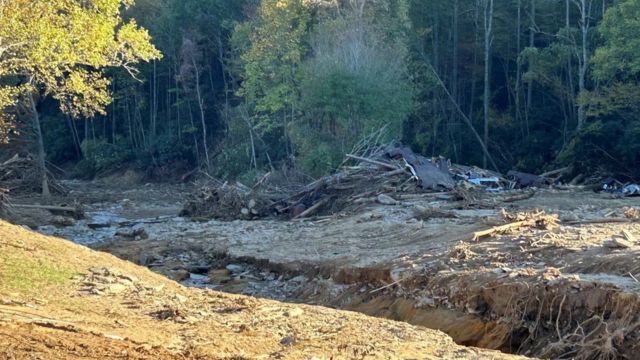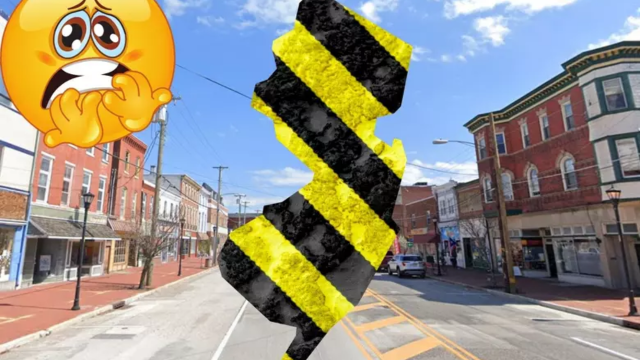Western North Carolina was hit hard by Hurricane Helene three weeks ago. The state is almost done counting how many lives were lost in the storm.
The state will make the Hurricane Helene Storm Related Fatalities Report only come out once a day starting on Saturday, October 19.
The number of deaths from the storm has stayed at 95 since Monday, Oct. 14. According to North Carolina’s Division of Public Health, most of the 95 deaths were caused by drownings (32) and collapses (20).
Eighteen people died from direct force injuries, six from wind or tree damage, four from drownings in their cars, three from car accidents, six whose causes are still unknown, and five who were killed in other ways. One person also died because of being exposed to the surroundings.
As of Friday, Oct. 18, 2024, here is a list of all the deaths caused by storms in each county:
Ashe, 1 Avery, 4 Buncombe, 42 Burke, 1 Catawba, 1 Cleveland, 2 Gaston, 1 Haywood, 5 Henderson, 7 Macon, 2 4 Madison, 4 McDowell, 1 Mecklenburg, 2 Mitchell, 2 Polk, 1 Rowan, 1 Rutherford, 3 Wake, 1 Watauga, 2 Yadkin, 1 Yancey, 11
In the week after the storm, more cases were recorded in Buncombe County. This made people wonder if the North Carolina Office of the Chief Medical Examiner had a backlog.
They recently told News 13 that as of Wednesday, Oct. 16, “As of today, there are only three deceased persons who are undergoing continued examination to help identify.” There are no bodies in Asheville ready to be examined or identified.
The Buncombe County Sheriff’s Office has also explained why their count of deaths from the storm was higher than the state’s.
“Right after Hurricane Helene, all deaths were being reported as storm-related and from Buncombe County,” said Christina Esmay, public information officer for the Buncombe County Sheriff’s Office, in a statement about the mistake.
But as the days went by, BCSO was able to figure out who had died because of the storm, who was from Buncombe County, and who had died of something else. The number of deaths in Buncombe County that was first given to Sheriff Miller has gone down. This is because of frequent power outages that make it hard to communicate.
The Office of the Chief Medical Examiner confirms a death before it is added to the list of Helene-related deaths.
“Local Emergency Management, EMS, the NC Medical Examiner System, and OCME staff are working together with the Disaster Mortuary Operational Response Team (DMORT) and WNC hospital systems on fatality response,” they told News 13.
Together, they are making sure that the right steps and plans are in place so that bodies can be properly identified and the cause of death can be found so that families of those who died in the storm can quickly be reunited with their loved ones. The system stays focused on its work to care for the dead and help the families who have lost loved ones.
The state says that each person who has died is being cared for and watched at either the Office of the Chief Medical Examiner (OCME) in Raleigh or Asheville. The more difficult cases are being sent to Raleigh to be looked at more closely and to make sure the identities of the people involved are correct.
On their website every day, the North Carolina Department of Health and Human Services lists deaths that have been confirmed by the Office of the Chief Medical Examiner. In our state, the job of the medical examiner is to find out if a person’s death was caused by Hurricane Helene.
News 13 is still asking the state questions about people who are missing or can’t be found. As of this morning, October 18, the state said that 39 people have not been found. That number went from 92 at the beginning of the week to 81 by the middle of the week. There isn’t a clear answer because the task group that is figuring out the numbers is using data from many places, such as direct reports from the public, local governments, law enforcement, and non-profit partners. As more stories and information come in, the number could keep going up and down.


 by
by 




